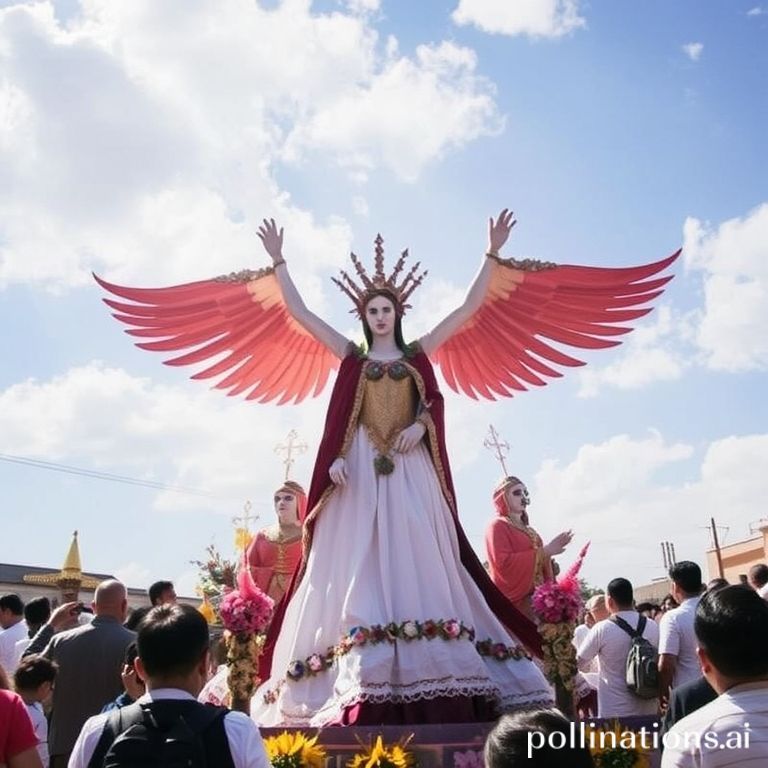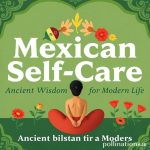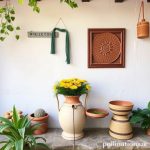Semana Santa, or Holy Week, is one of the most important holidays in Mexico. More than just a religious observance, it’s a vibrant cultural event that blends solemn traditions with joyful celebrations. If you’re planning a trip to Mexico during this time, or simply curious about its traditions, understanding Semana Santa will enrich your experience immensely.
This comprehensive guide will walk you through the meaning, traditions, and practical considerations for experiencing Semana Santa in Mexico, ensuring you’re well-prepared to appreciate this special time of year.
What is Semana Santa?
Semana Santa is the week leading up to Easter Sunday, commemorating the Passion of Christ. It’s a deeply religious period for the overwhelmingly Catholic population of Mexico. The week is filled with religious processions, ceremonies, and activities that reflect on the events leading up to Jesus’ crucifixion and resurrection. But beyond the religious aspect, Semana Santa also marks the beginning of a popular vacation period in Mexico, leading into Pascua (Easter week).
Key Dates and Their Significance
Understanding the key dates within Semana Santa is essential for appreciating the nuances of the celebrations:
- Domingo de Ramos (Palm Sunday): Commemorates Jesus’ triumphant entry into Jerusalem. Churches distribute blessed palm fronds, which people take home as a symbol of faith and protection.
- Jueves Santo (Holy Thursday): Celebrates the Last Supper. Many churches hold special services, including a re-enactment of Jesus washing the feet of his disciples.
- Viernes Santo (Good Friday): Marks the crucifixion of Jesus. It’s a day of mourning and reflection, with processions re-enacting the Stations of the Cross. Many businesses are closed on this day.
- Sábado de Gloria (Holy Saturday): A day of anticipation, awaiting the resurrection. In some regions, there’s a tradition of burning effigies of Judas Iscariot.
- Domingo de Resurrección (Easter Sunday): Celebrates the resurrection of Jesus. Churches hold joyous services, and families gather for festive meals.
Traditional Celebrations and Customs
Semana Santa celebrations vary from region to region, but some common traditions include:
Religious Processions
Throughout the week, you’ll witness solemn processions, often featuring elaborate floats depicting scenes from the Passion of Christ. Participants carry statues of saints, and the atmosphere is usually reverent and somber.
Re-enactments
Many communities stage re-enactments of biblical events, particularly the Stations of the Cross. These can be incredibly moving and dramatic, involving hundreds of participants.
Special Foods
Certain foods are traditionally eaten during Semana Santa, often reflecting the religious significance of the period. Seafood is particularly popular, as many Catholics abstain from eating meat on Good Friday. Capirotada, a type of bread pudding, is a common dessert.
Vacation Time
Semana Santa and Pascua combine to create a two-week vacation period for many Mexicans. This means popular tourist destinations, especially beaches, can become very crowded. Families often travel to be together, and the atmosphere is generally festive.
Practical Tips for Travelers
Book Accommodation in Advance
Given the popularity of Semana Santa as a vacation period, it’s crucial to book your accommodation well in advance, especially if you’re traveling to a popular tourist destination.
Be Prepared for Crowds
Expect large crowds at beaches, historical sites, and during religious events. Patience is key!
Respect Religious Observances
Remember that Semana Santa is a deeply religious time for many Mexicans. Dress respectfully when visiting churches and participating in religious events. Be mindful of noise levels and avoid disruptive behavior.
Check Business Hours
Many businesses, particularly banks and government offices, may have reduced hours or be closed entirely on certain days, especially Good Friday. Plan accordingly.
Embrace the Culture
Semana Santa is a unique opportunity to experience Mexican culture and traditions. Participate in local events, try traditional foods, and engage with the local community.
Conclusion
Semana Santa in Mexico is a rich tapestry of religious observance, cultural tradition, and family celebration. By understanding the significance of this holiday and being mindful of local customs, you can have a truly meaningful and enriching experience. Whether you’re drawn to the solemn religious ceremonies or the vibrant atmosphere of a country on vacation, Semana Santa offers a glimpse into the heart of Mexican culture.
If you found this guide helpful, share it with your friends and family who are planning to experience Semana Santa in Mexico!
IMAGE: A vibrant and colorful scene depicting a Semana Santa procession in a Mexican town. The mood is reverent yet festive. In the foreground, people carry statues of saints adorned with flowers and candles. The background shows colonial architecture, with buildings painted in bright yellows, oranges, and blues. The lighting is warm and sunny, creating a sense of joy and celebration. Style: realistic and documentary-style photography.


